How to Find Out What a Bird Eats by Its Beak
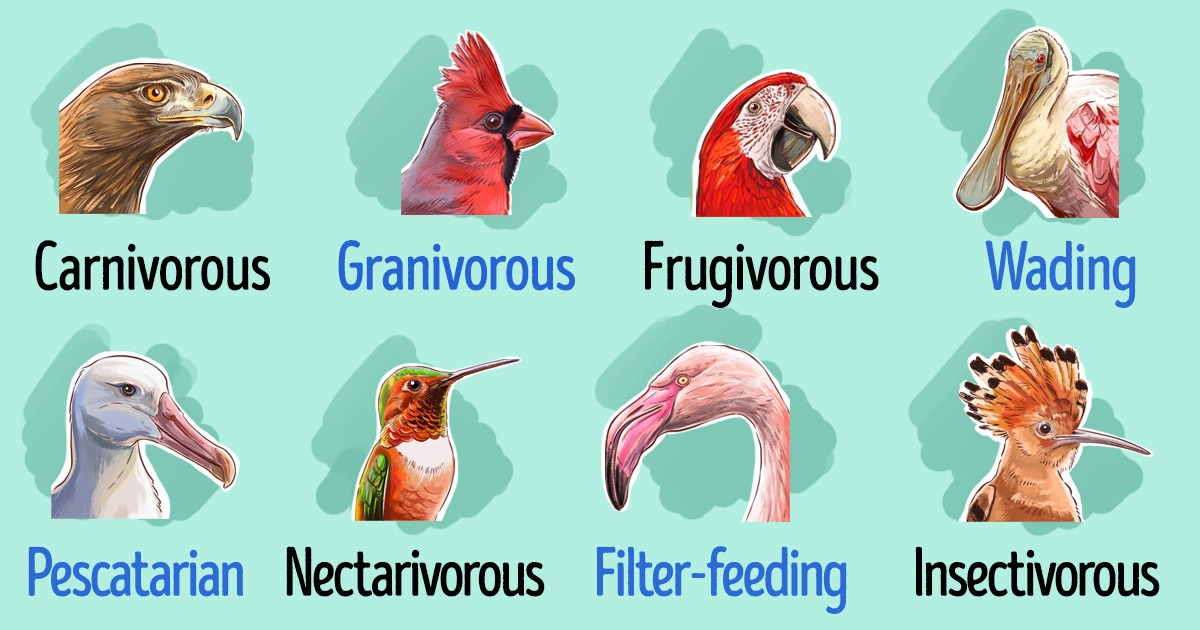
It turns out that the shape of the beak directly depends on the lifestyle of a bird and what it eats.
Together with 5-Minute Crafts, you will find out more about beaks and how to tell what a certain bird eats by the shape of its beak.
Why birds have such different beaks
In 1830, when Charles Darwin was still a young scientist, he decided to travel around the world. His expedition took around 5 years and he visited a lot of different places, including the Galápagos Islands.
There, Darwin looked at small ground birds that were very similar but had completely different types of beaks. The birds that ate hard seeds had really powerful and big beaks. Those that drank nectar from the flowers of cacti had long and thin beaks, and the birds that were carnivorous had really sharp beaks. The scientist found 15 different kinds of birds and came to the conclusion that the beaks had a direct connection with what they ate. Later, these birds were named Darwin’s finches.
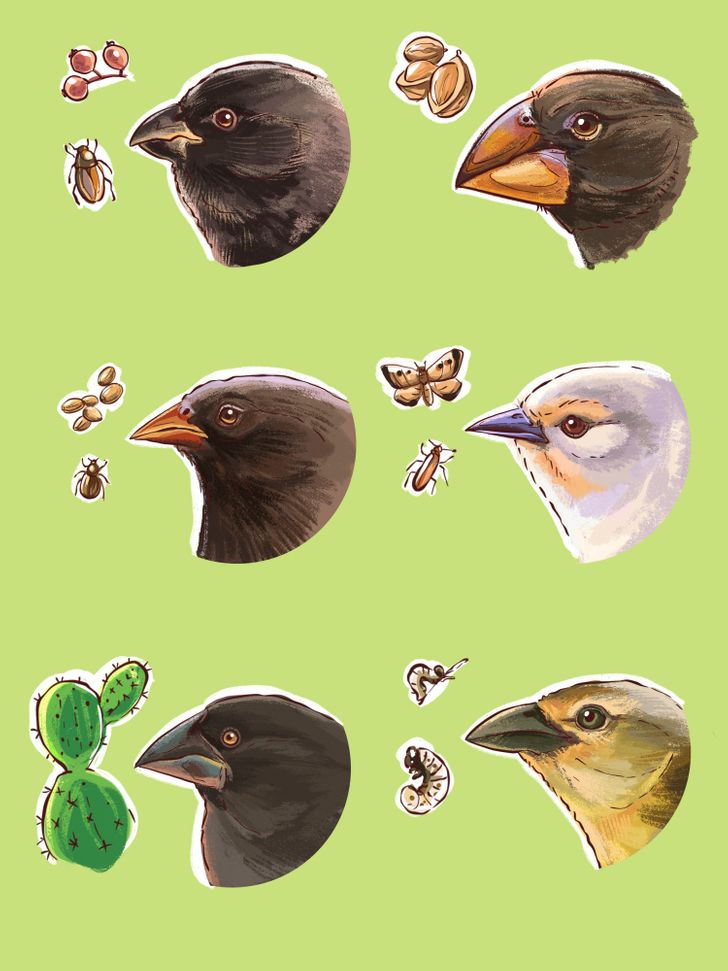
Many years later, the theory that the beak shape directly depends on a bird’s diet was proven by other studies. But scientists also found that diet wasn’t the only factor. The beak can play a big role in finding a partner, creating a nest, and raising offspring. And the shape is affected by the place they live and climate.
Beaks, explained
The classification of birds’ beaks was created according to their shape and functions. There are 2 big groups of beaks: generalists and specialists.
Generalists don’t have a special shape that would be necessary for survival. And specialists have beaks that have been adjusted to one function — getting food, attracting the opposite sex, or building nests. There are some small subdivisions in this big group.
Birds with generalist beaks
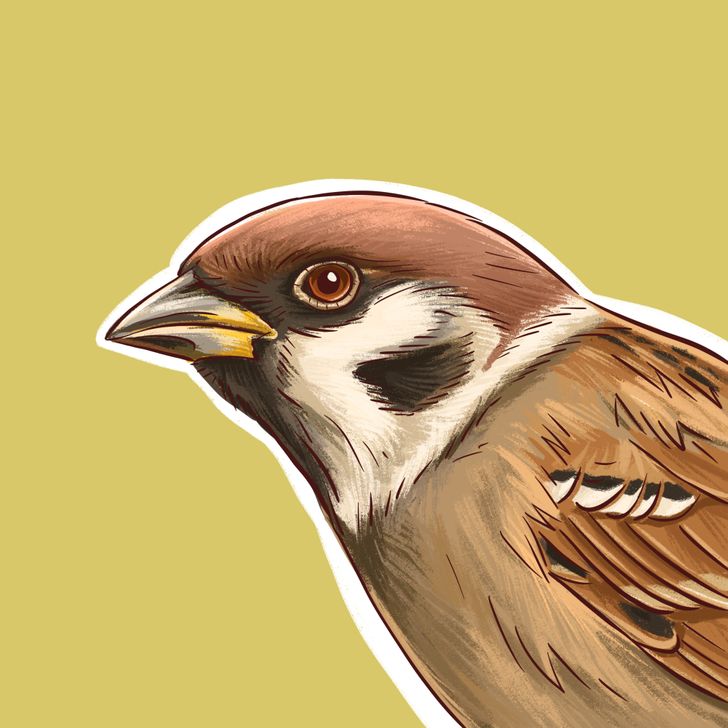
Generalist beaks have a simple shape. They are not adapted to a certain kind of food and their owners have a diverse diet. Birds with these beaks adapt easily. They can change their diets and behaviors depending on the conditions around them.
Examples of birds with generalist beaks: American Crow, House Sparrow, American Robin, Common Grackle, Northern Mockingbird.
Carnivorous birds
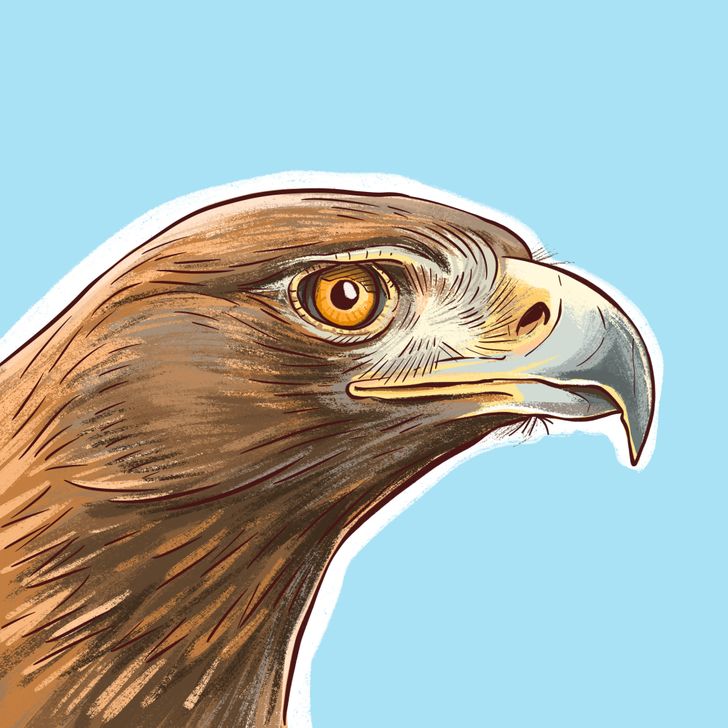
The birds that eat other vertebrates have strong hook-shaped beaks where the top is really above the bottom. These beaks help them cut their prey into pieces.
Birds like eagles, hawks, and vultures have these beaks.
Granivorous birds
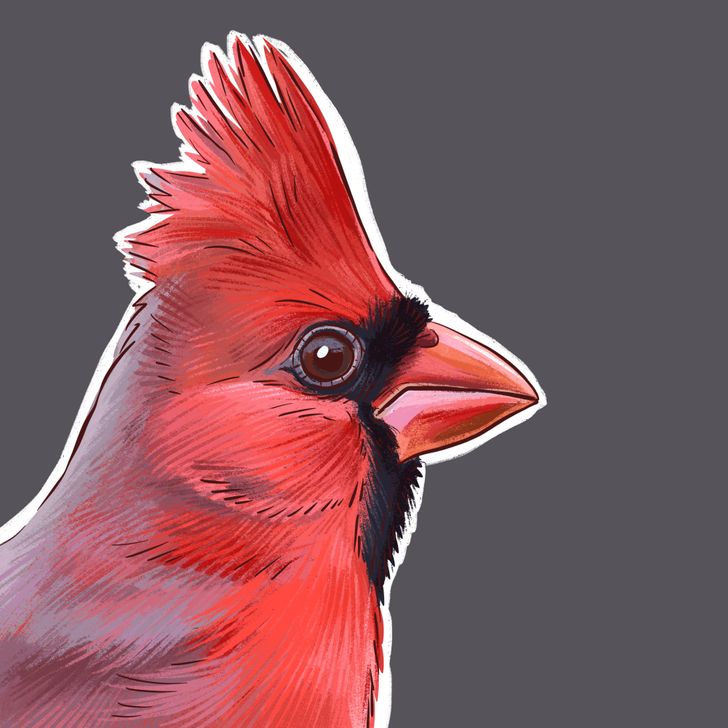
Frugivorous birds
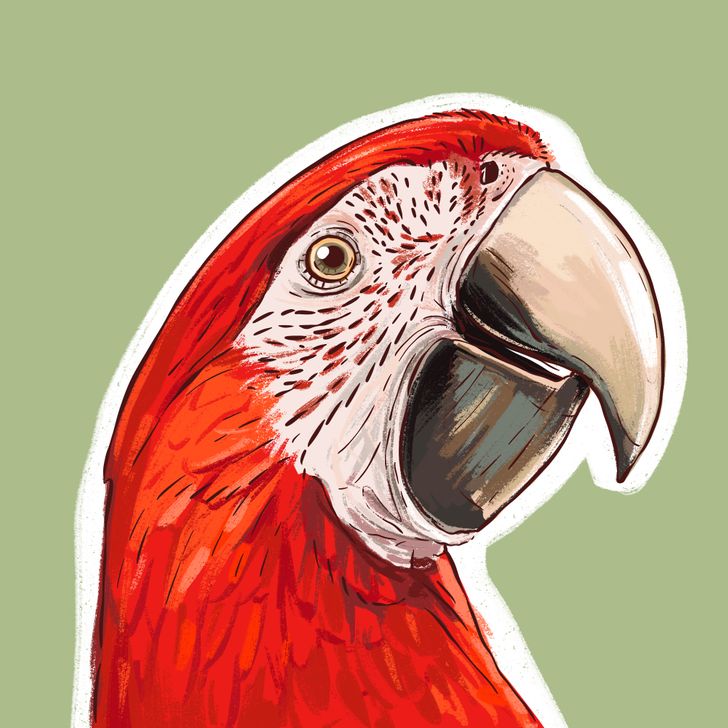
These birds mostly eat fresh or dry fruit. Their beaks help them eat the pulp and get the seeds out. Usually, the beaks of frugivorous birds are quite short and curved, with a sharp tip. The lower part of their beak is flat and sharp which is great for opening nuts.
Example: Cacadu, Ara, and other parrots.
Insectivorous birds
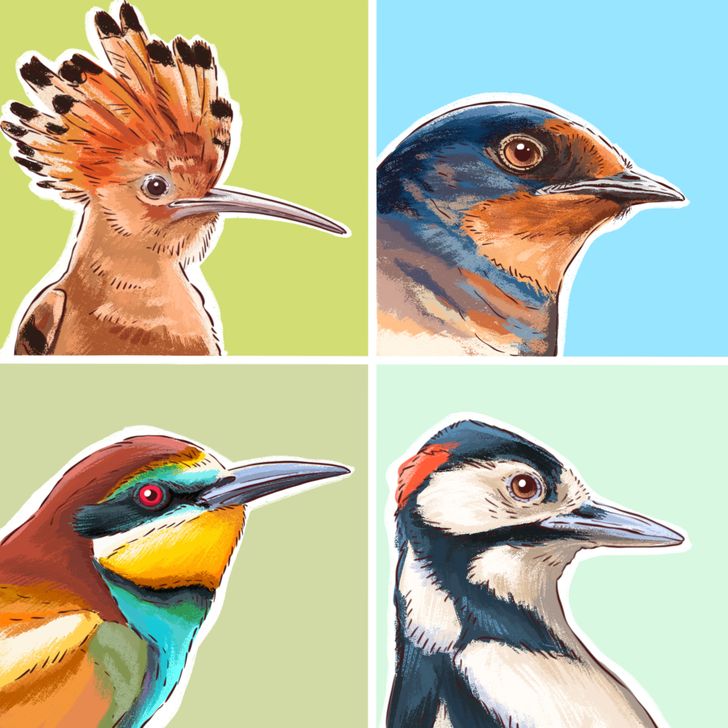
The beaks of insectivorous birds can vary in shape and size.
The birds that hunt in the air and do it with their mouths open have short, wide, and flat beaks. Swallows and swifts have these beaks.
Those that eat slower insects have short, straight, and thin beaks. Robins have these beaks.
Those that eat invertebrates in the ground have thin and long beaks. Hoopoes have them.
And the birds that eat larvae from under tree bark have very strong and straight beaks (like for example, woodpeckers).
Wading birds
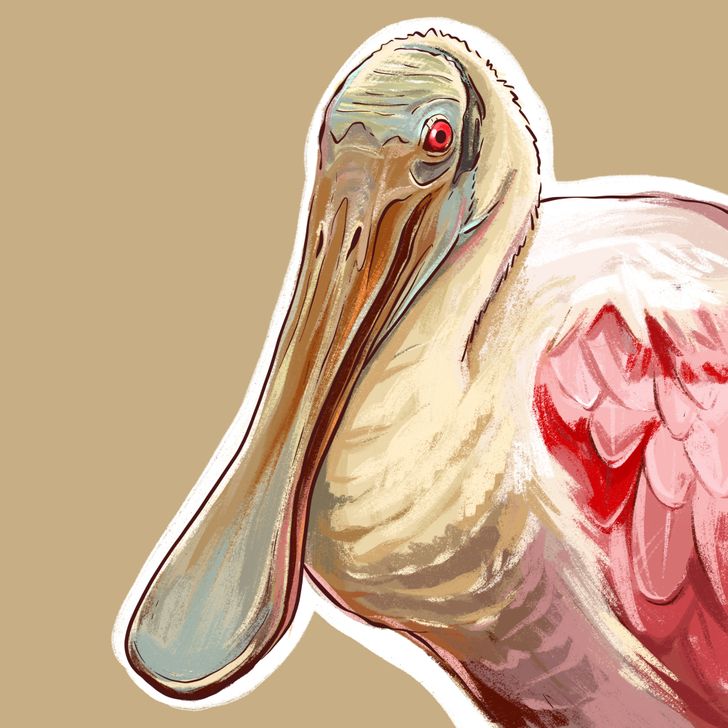
This group is a combination of birds that live near the water with long beaks of different shapes. Long beaks help them catch invertebrates at the bottoms of ponds and swamps without putting their heads under the water. Storks and Spoonbills are examples of these birds.
Pescatarian Birds
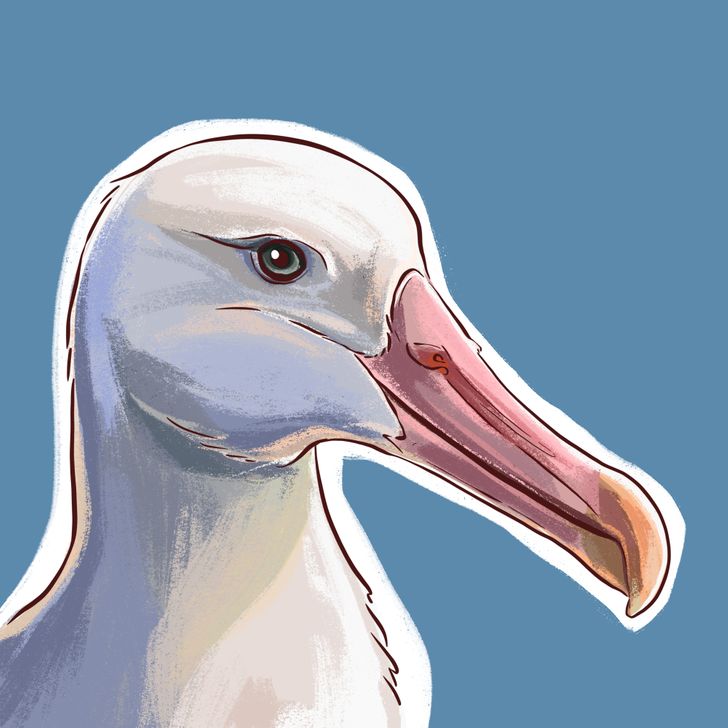
Pescatarian birds mostly eat fish and live near the water. They have big, strong beaks with curved tips that prevent fish from getting out of their beak. Seagulls and Albatrosses are examples of these birds.
In some other cases, like pelicans, their beaks have a flexible bag that lets them store the fish for a little while.
Nectarivorous birds
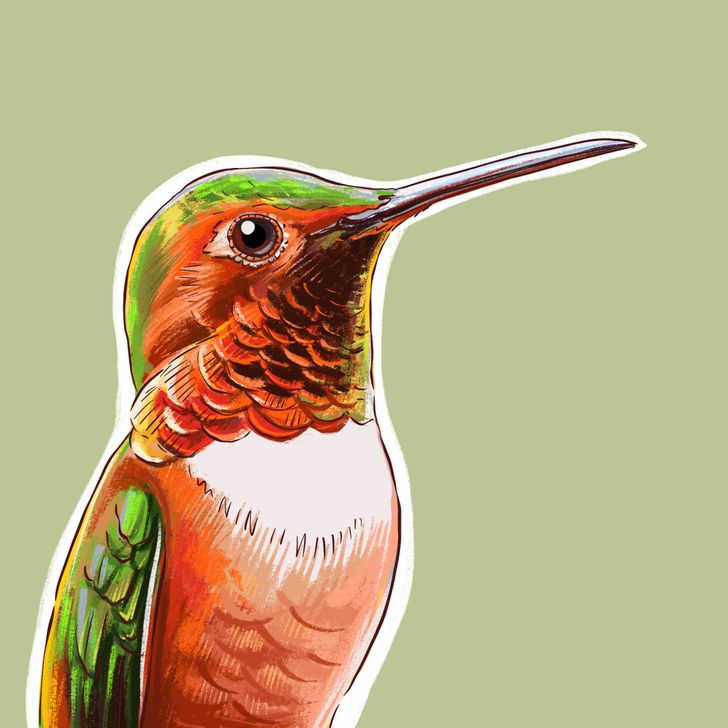
Nectarivorous birds need beaks to help them get deep into flowers. Depending on the kind of flowers and the nectar that the birds eat, the shape of the beak might vary. But very often, these birds have long and thin tongues.
One of the most famous birds like this is Colibri. With their long and thin beaks, they can get into flowers that most other creatures can’t.
Filter-feeding birds
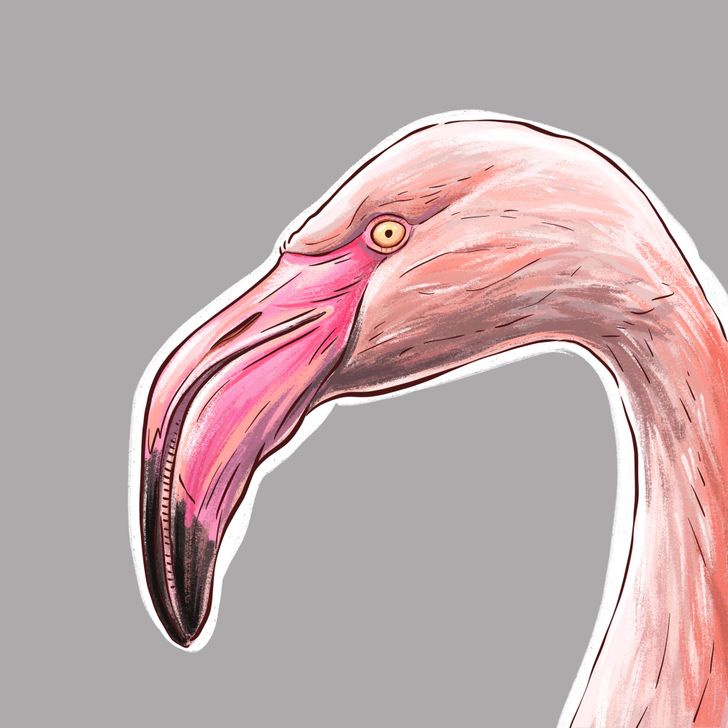
These beaks have a special filtration system in them and they are wide and flat. Thanks to this, the beaks are like a strainer: when a bird swallows water, the beak filters all the trash that got into it away from the small organisms that the bird eats.